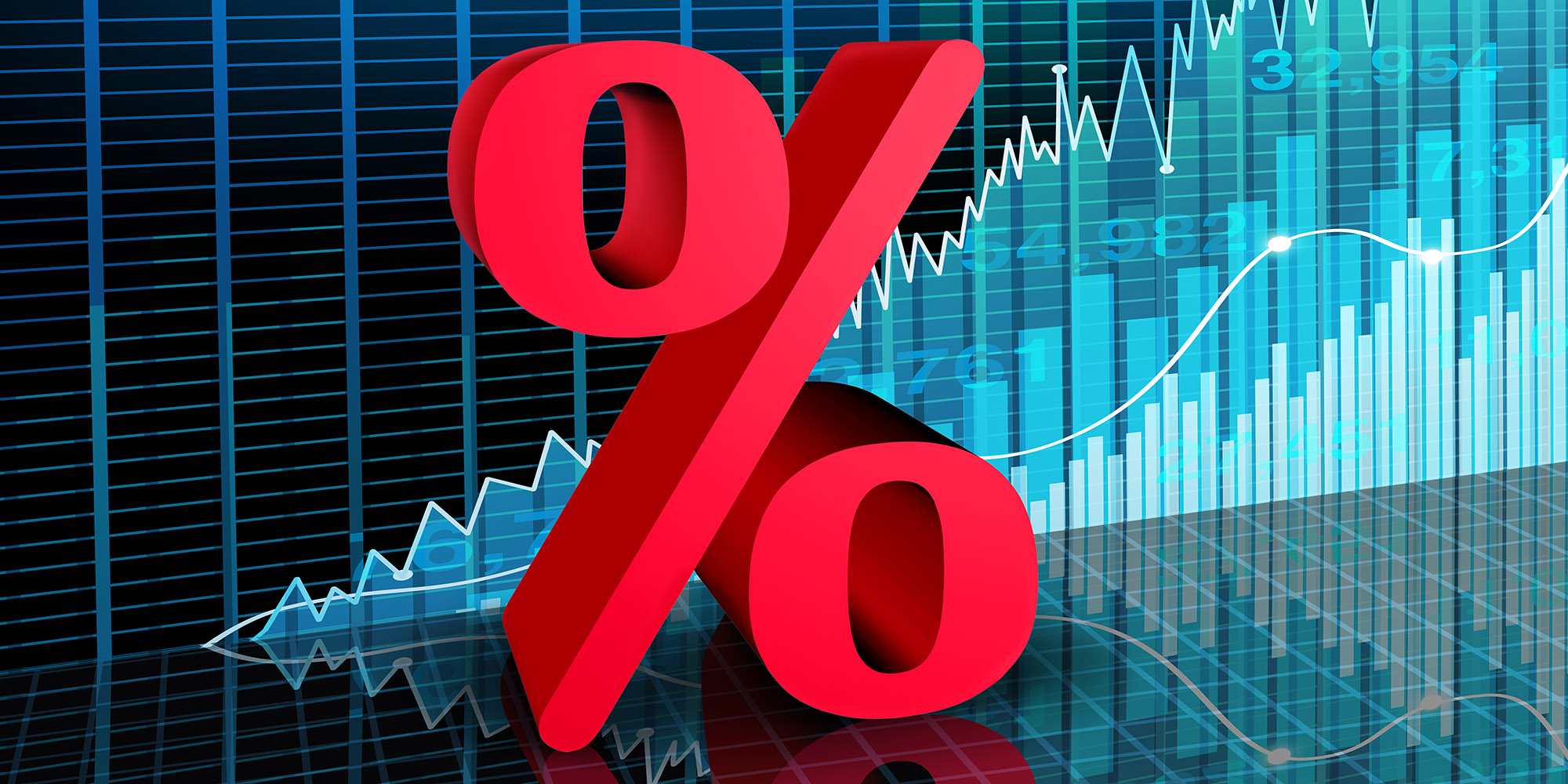The Sarb left its key repo and the prime lending rate for consumers unchanged at 7.5% and 11.0% respectively on Thursday, citing “extreme levels of uncertainty” at the conclusion of the bi-monthly meeting of its Monetary Policy Committee (MPC).
This brings a temporary halt to the Sarb’s loosening cycle, which has seen it lower interest rates by 75 basis points since September 2024 in the face of slowing inflation.
“The world economy is experiencing extreme levels of uncertainty. Trade tensions have escalated, and longstanding geopolitical relationships are shifting abruptly. In these circumstances, the global economic outlook is unpredictable,” the MPC statement said.
Trump 2.0’s unfolding trade wars and scatter-shot tariffs are roiling global financial markets and raising the spectre of renewed inflation in the US and worldwide, while simultaneously slamming the brakes on economic growth.
Fed chairman Jerome Powell pointedly said on Wednesday that tariffs — meaning Trump’s tariffs — were “clearly” pushing up prices as the US central bank held its benchmark interest rate steady at around 4.3%.
The Sarb does not always dance to the tune of the Fed, but often follows its lead to maintain a rate gap with the US that supports the rand’s exchange rate with the greenback.
Ultimately, the MPC is laser-focused on inflation. Data released on Wednesday showed that South Africa’s Consumer Price Index (CPI) was unchanged from January at an annual rate of 3.2% — near the bottom of the Sarb’s 3% to 6% target range.
Read more: CPI steady at 3.2% in February, but rate cut uncertain and poor feel bite as maize prices surge
“For now, inflation appears contained,” the MPC statement said.
But it went on to say that inflation risks in the medium term were “skewed to the upside”.
“In terms of the outlook, the current forecast had more moving parts than usual, including a re-weighting of the Consumer Price Index by Statistics South Africa, and the proposed Value Added Tax (VAT) increases announced in the Budget,” the MPC said.
VAT hike
The proposed 0.5 percentage point VAT hike this year and next (year) is seen as adding 0.2 percentage points to inflation, the MPC said. But offsetting that is lower projections for oil prices and “... a more benign path for administered prices, given the lower electricity tariffs announced by Nersa in February”.
The MPC also explored different external scenarios stemming from the “uncertain global situation”.
“For one, we considered a slowdown in the US, with a weaker dollar and higher commodity prices, especially for gold. This implied some modest benefits for the South African economy, given better terms of trade and a stronger rand. Both inflation and the policy rate were therefore a little lower, relative to the baseline forecast,” the statement said.
So, Trump’s policies could conceivably lead to slightly lower inflation and interest rates in South Africa (SA).
Exploring Agoa scenario
The Sarb also explored a scenario if SA lost its Agoa benefits and duty-free access for many exports to the US.
“If SA were to lose Agoa benefits, we see some weakening of exports and slightly lower growth. If that were compounded with tariffs on South African exports, the effects would be larger,” the MPC said.
“The most severe scenario we considered added a sentiment shock, with a weaker rand, higher domestic inflation and therefore a tighter policy stance. In this case, growth would be lower by 0.7 percentage points, with the exchange rate depreciation offsetting some of the tariff effects on exports.”
So, in that scenario, South African inflation and interest rates would be higher.
None of these scenarios are currently built into the Sarb’s inflation and policy forecasts because they are just that — scenarios. But they show that the Sarb is preparing for such eventualities, and help explain why it is currently taking a cautious approach to interest rates.
The bottom line is that in part because of the uncertainty unleashed by the Trump administration, South African households and businesses need to wait until at least May for the possibility of another rate cut, and a lot can happen — for better or worse — between now and then. DM





